How to create a low-allergen garden – to help hay fever sufferers enjoy the great outdoors
Look forward to spending time in the garden.

As we move into the summer months, there has never been a better time to take full advantage of your garden. But with allergies a significant worry for many, money.co.uk has put together a guide to help hay fever sufferers plan a low-allergen garden so they can enjoy the warm weather too.
While gardening is a great hobby for many, for the 13 million hay fever sufferers in the UK the spring and summer months can prove a challenge.
See our news section for more recent events
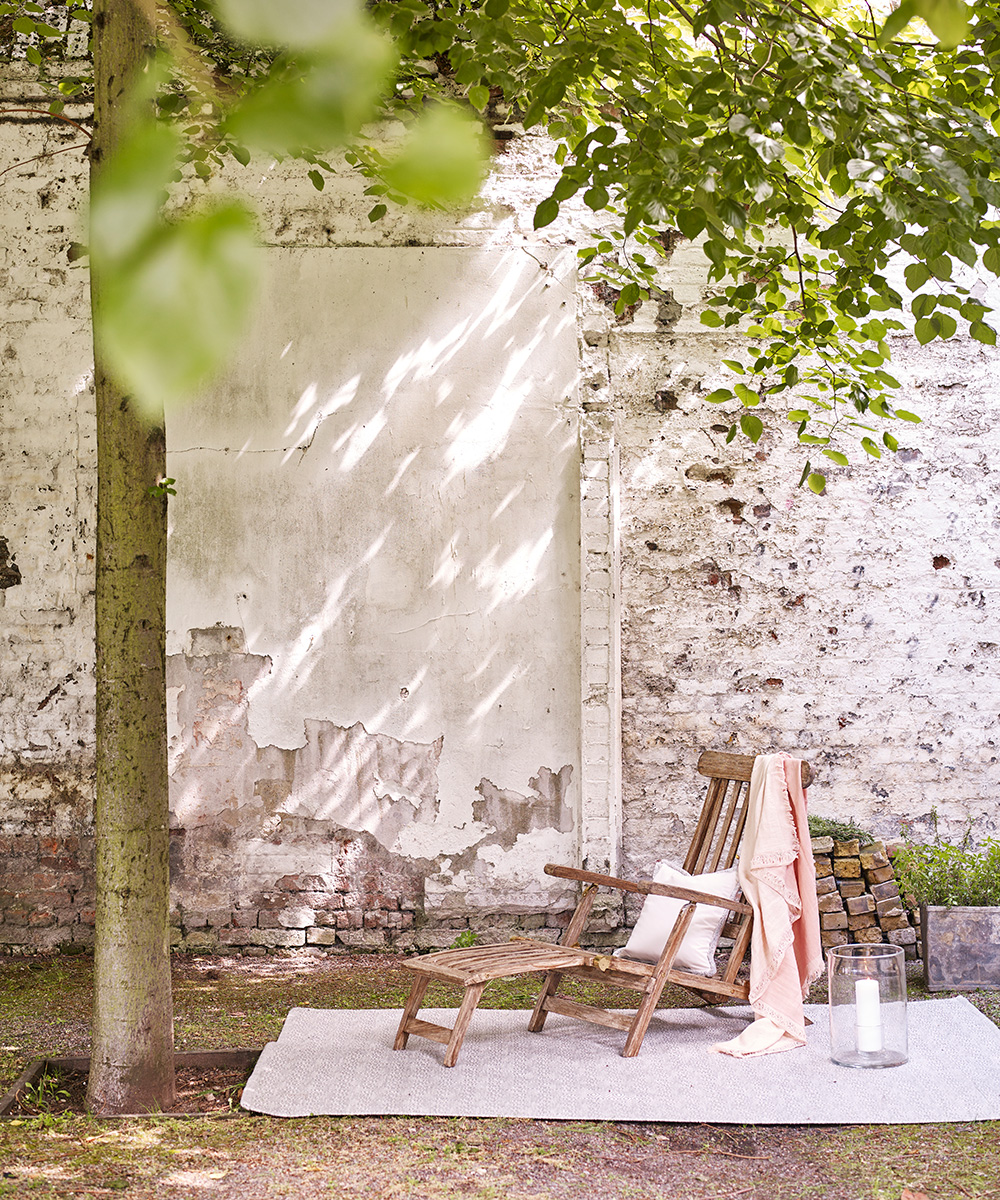
HOW TO CREATE A LOW-ALLERGEN GARDEN
With the importance of fresh air to mental health and wellbeing clear, money.co.uk has worked with gardening expert Jackie Herald to put together some tips and tricks to help hay fever sufferers enjoy a beautiful garden this summer.
1. CUT THE LAWN FREQUENTLY
Keep the lawn short during the summer months. This helps to prevent the growth of lawn flowers and means less grass pollen is released into the air.

SeeHay fever and sleep: How to allergy-proof your home
2. DO NOT START GARDENING UNTIL MIDDAY
Midday gardening is your best option. Pollen levels are at their highest at the beginning of the day, as they rise with the warming air, and again at the end of the day when it’s cooling down. So avoid gardening at these times if you suffer from hay fever. Try and stick to 12pm-4pm.
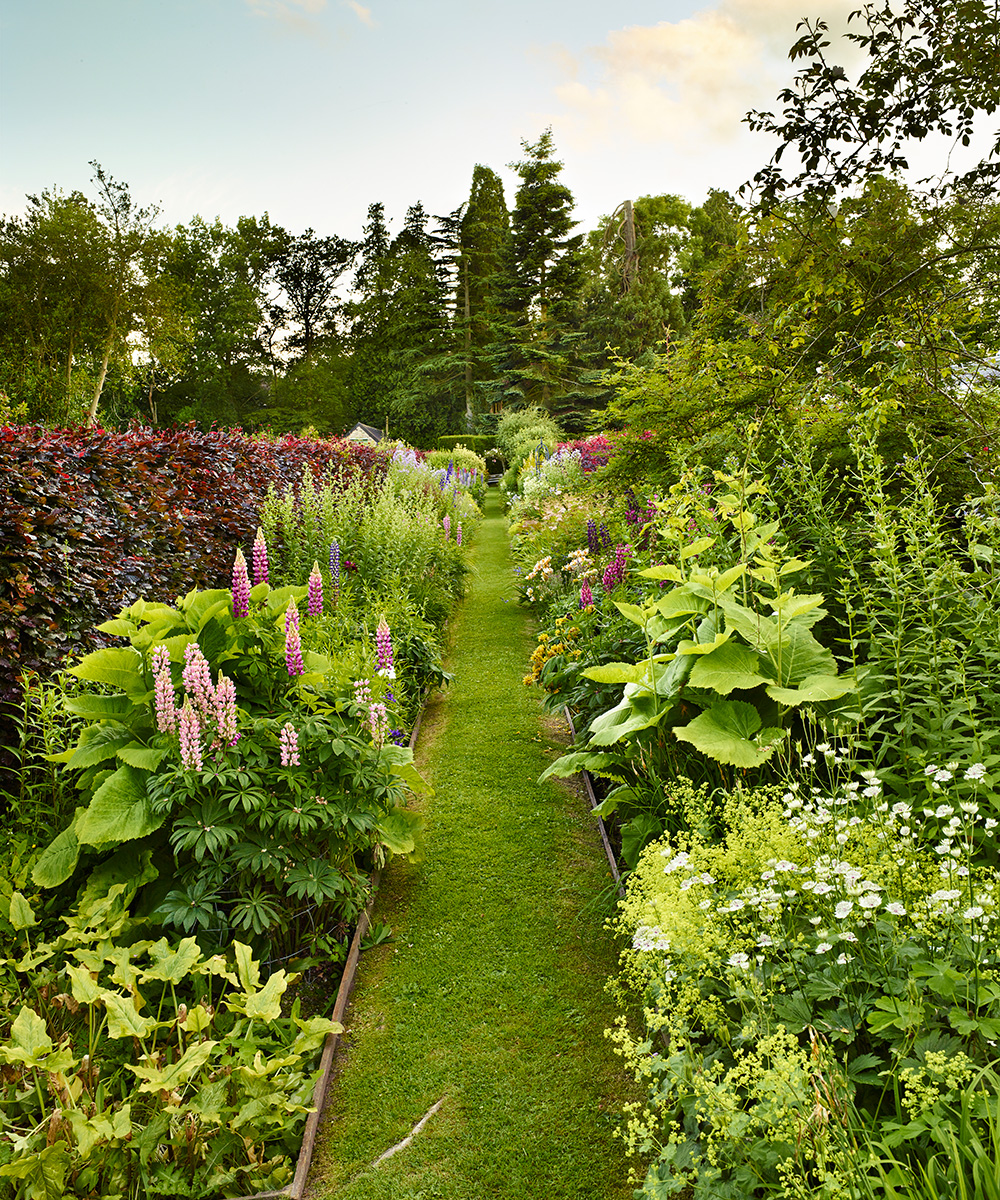
SeeWildlife garden ideas, from The National Trust’s garden experts
3. LOOK FOR LOW-ALLERGY SPECIES
Plant fruit trees or another low-allergy species. These offer spring blossom, summer fruit and good autumn colour. Apple (Malus), cherry/plum (Prunus), rowan (Sorbus) and juneberry (Amelanchier) are best to plant. Aim to avoid wind-pollinated trees, that may cause hay fever flare ups, such as alder (Alnus), hazel (Corylus) and birch (Betula).
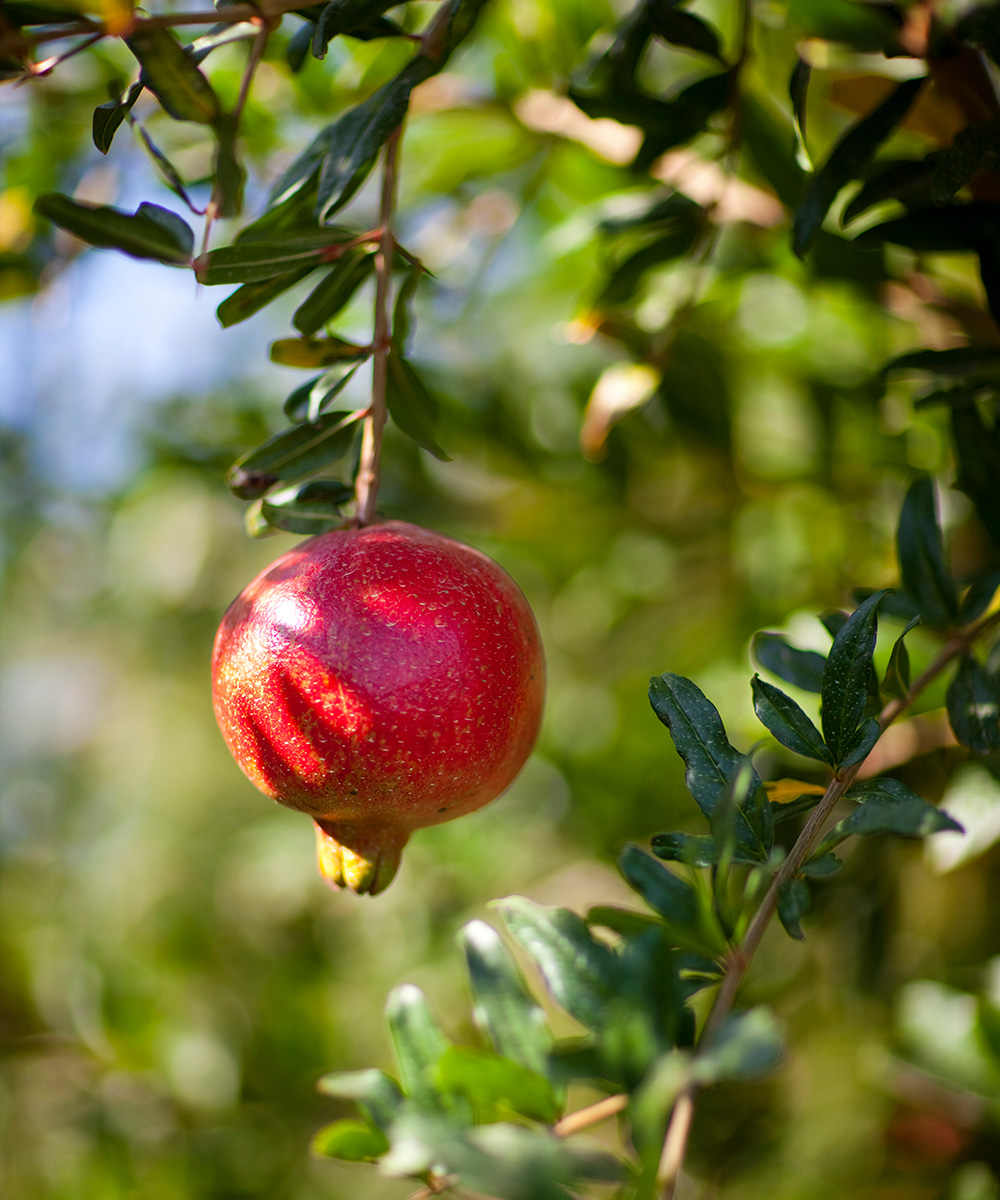
SeeHow to transform your garden into a picture perfect paradise
4. LOOK OUT FOR MOULD SPORES
Watch out for mould spores on vegetable beds. Due to vegetables benefiting from well-drained soil, many choose to grow them in a raised bed. If it's made of timber, make sure to line your bed with a waterproof membrane to prevent the timbers from rotting and producing mould spores. Compost with care as compost bins can act as a source of mould spores, which are even finer than pollen and hold the risk of reaching deep into the respiratory system. Keep the bins well away from seating areas and ensure you cover them up, as well as using gloves when handling them.
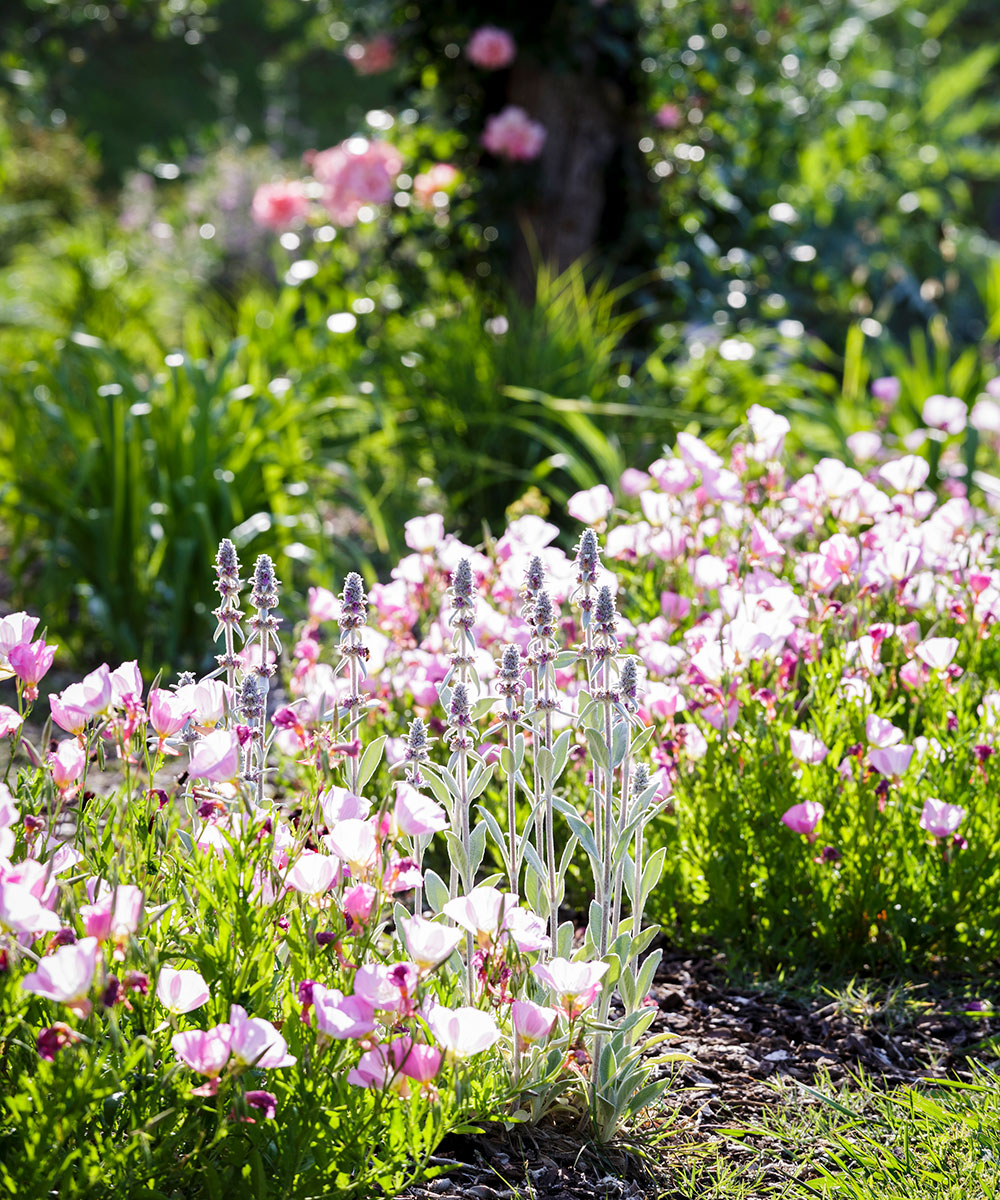
5. BE MINDFUL OF YOUR SEATING
Think about your garden seating as positioning is important. Gardening takes patience and effort, so make sure you take the time to relax and enjoy the fruits of your labour. Just ensure you keep your garden seating well away from the more allergenic pollen sources and any potential mould spores.
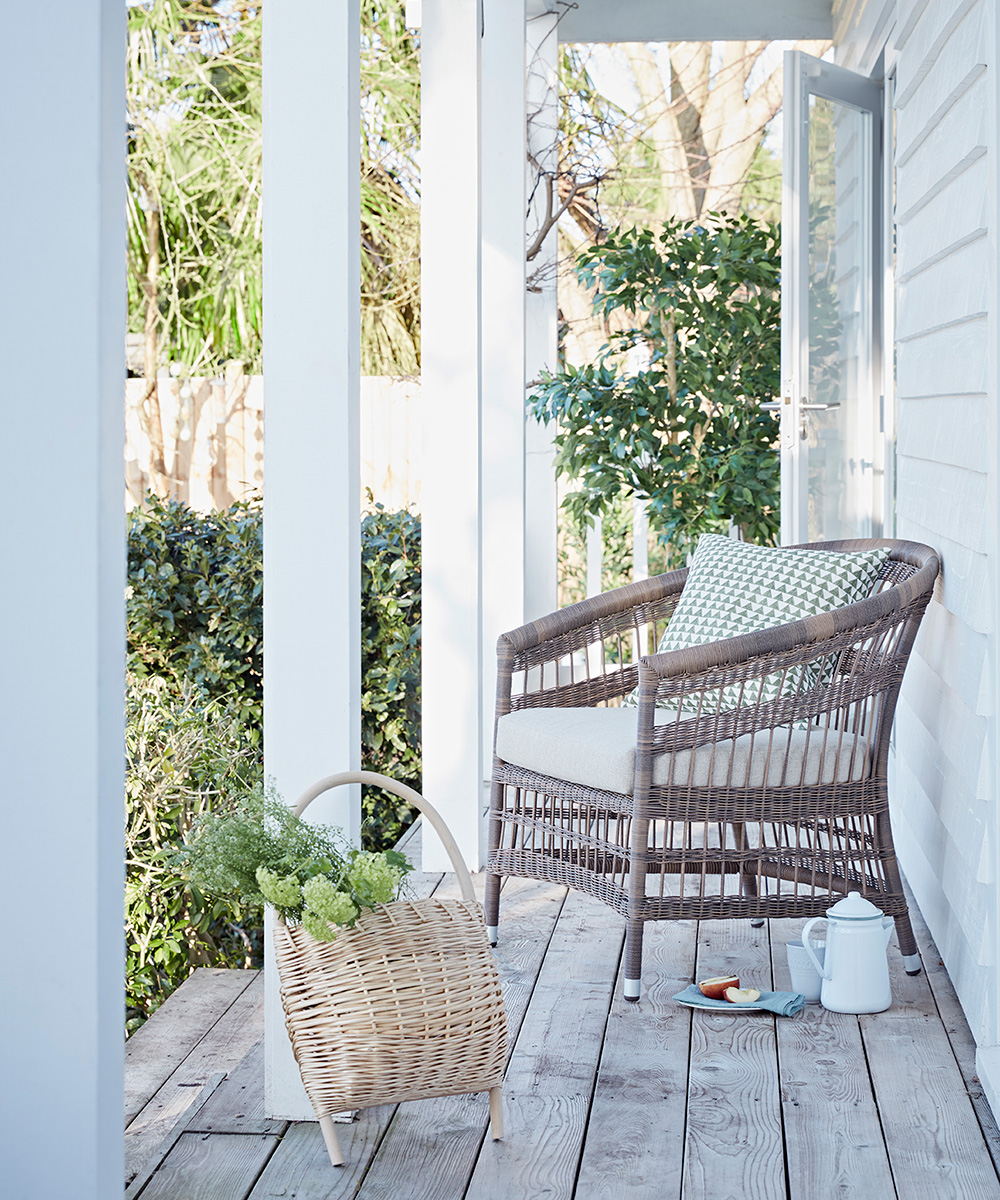
6. CREATE A SPACE FOR WILDLIFE
Choose beneficial blooms as generally what’s good for bees and other insects is good for us too. Prioritise insect-pollinated plants, many of which are bell, funnel or trumpet-shaped so that insects have to probe inside to reach the pollen.

Sign up to the Homes & Gardens newsletter
Design expertise in your inbox – from inspiring decorating ideas and beautiful celebrity homes to practical gardening advice and shopping round-ups.

Jennifer is the Digital Editor at Homes & Gardens. Having worked in the interiors industry for several years in both the US and UK, spanning many publications, she now hones her digital prowess on the 'best interiors website' in the world. Multi-skilled, Jennifer has worked in PR and marketing and occasionally dabbles in the social media, commercial, and the e-commerce space. Over the years, she has written about every area of the home, from compiling houses designed by some of the best interior designers in the world to sourcing celebrity homes, reviewing appliances, and even writing a few news stories or two.
-
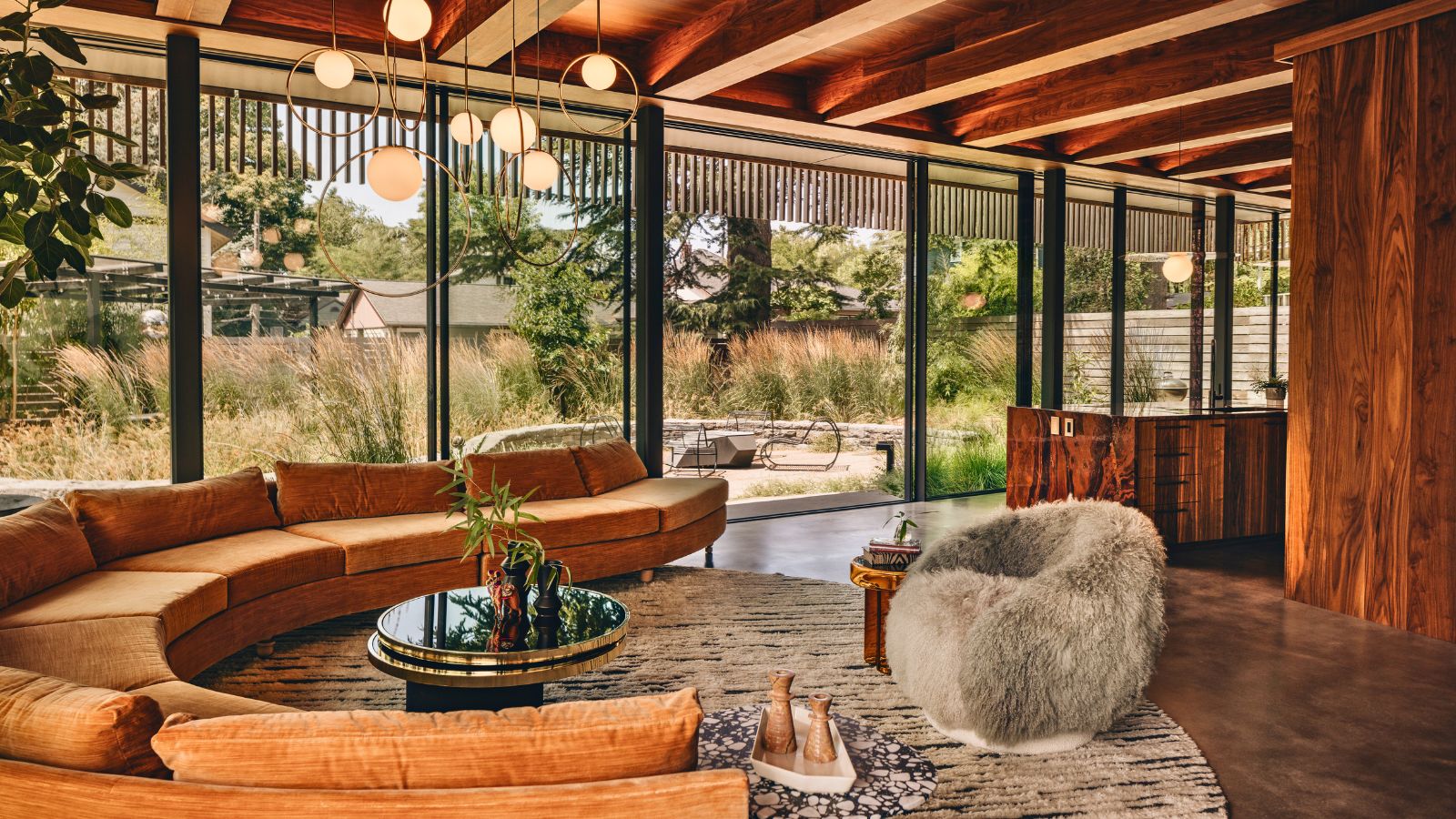 'Sexy disco-era Italy meets Japanese farmhouse in the Brazilian jungle' was the description the interior designer gave this glass-walled modernist home
'Sexy disco-era Italy meets Japanese farmhouse in the Brazilian jungle' was the description the interior designer gave this glass-walled modernist homeOffering a warm welcome that defies its stark, modernist lines, this archictectural gem is full of surprises
By Karen Darlow
-
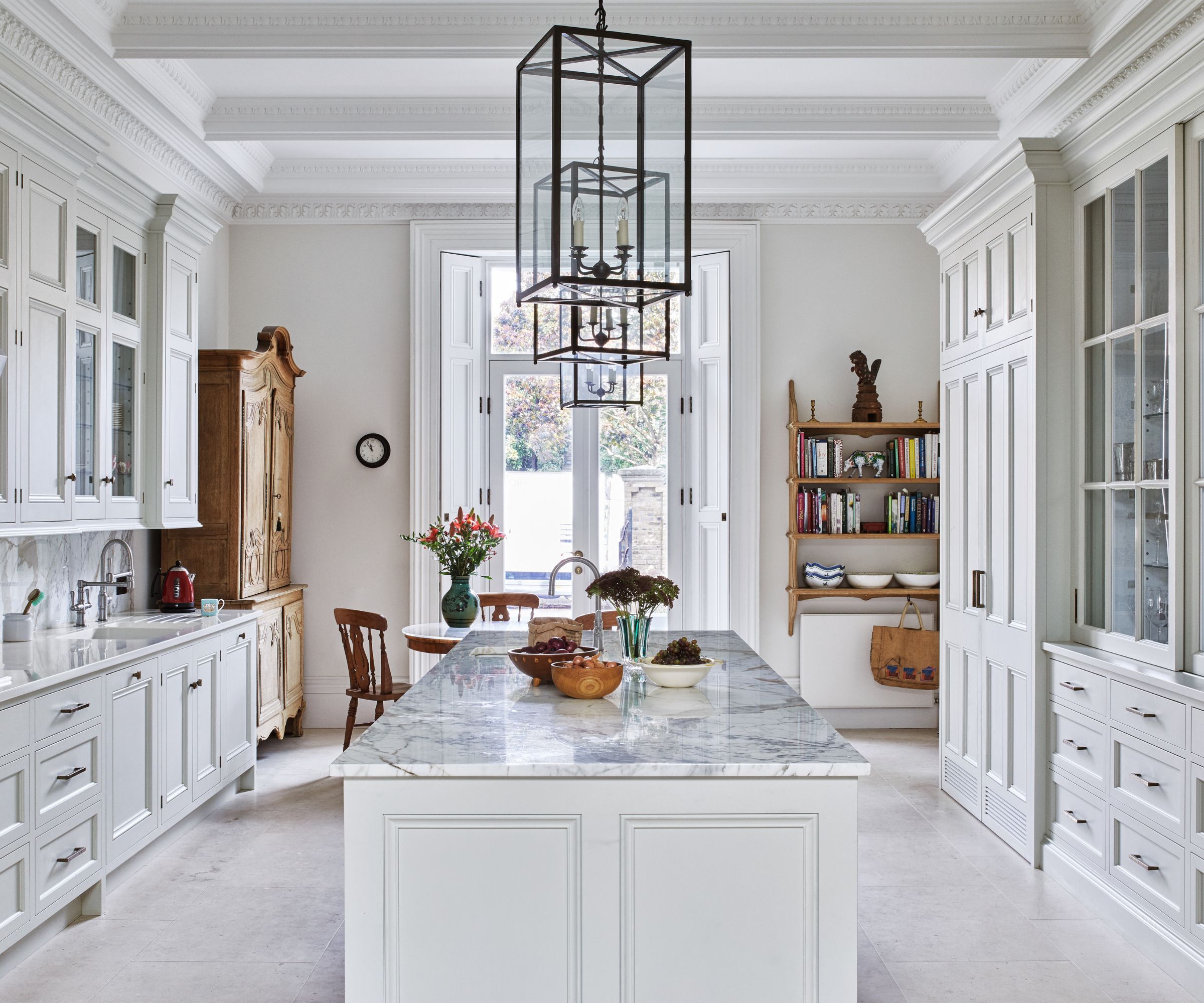 Are you making the most out of the estate sales in your area? These are the 5 most valuable items you should be shopping for
Are you making the most out of the estate sales in your area? These are the 5 most valuable items you should be shopping forVintage lovers and antique experts share the objects you should always look out for when you're exploring an estate sale
By Eleanor Richardson
-
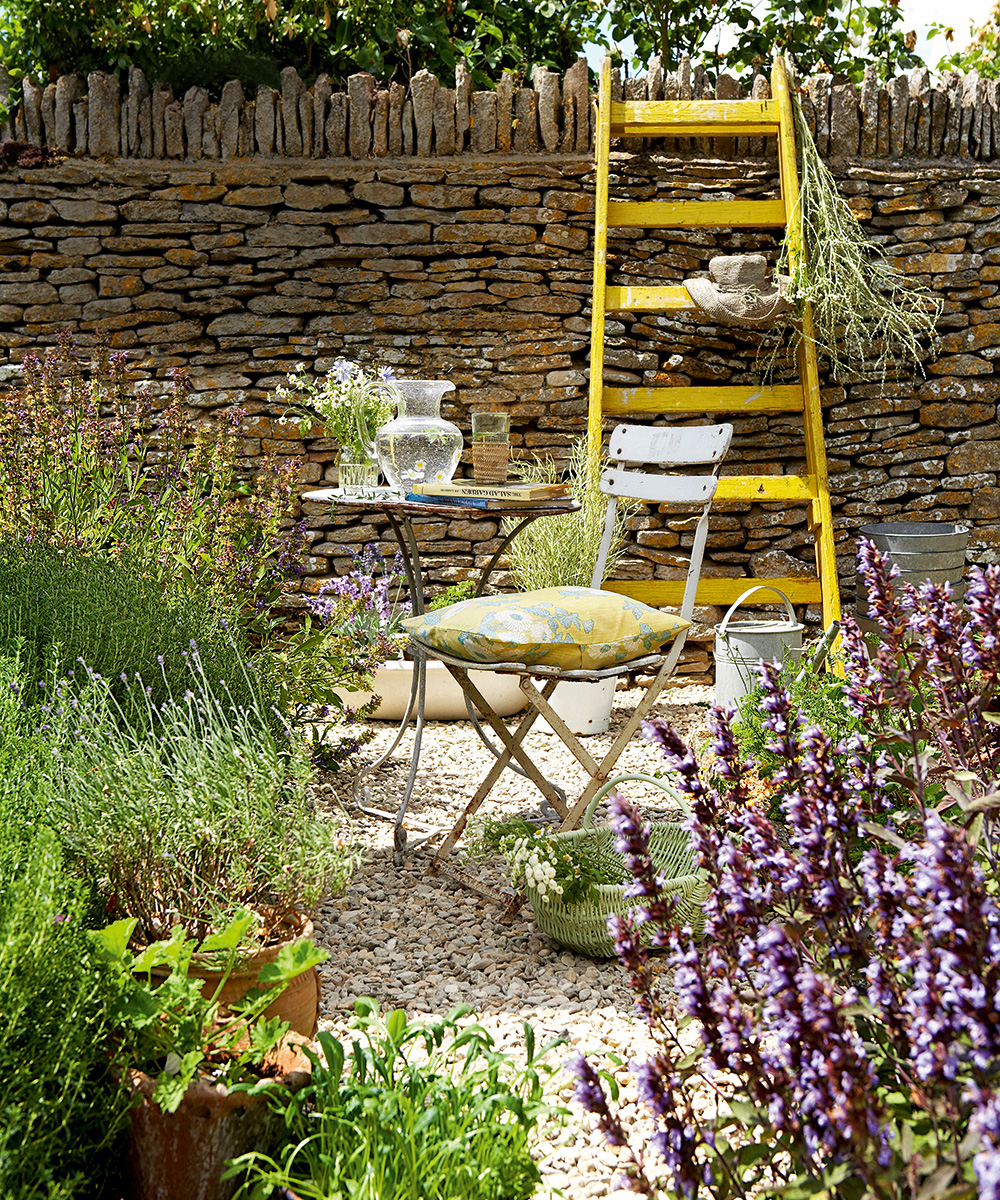 5 ways to create a natural garden, from Sarah Mead of Yeo Valley Organic Garden
5 ways to create a natural garden, from Sarah Mead of Yeo Valley Organic GardenWhile gardening organically requires patience and time, the benefits to nature are clear wherever you look.
By Jennifer Ebert
-
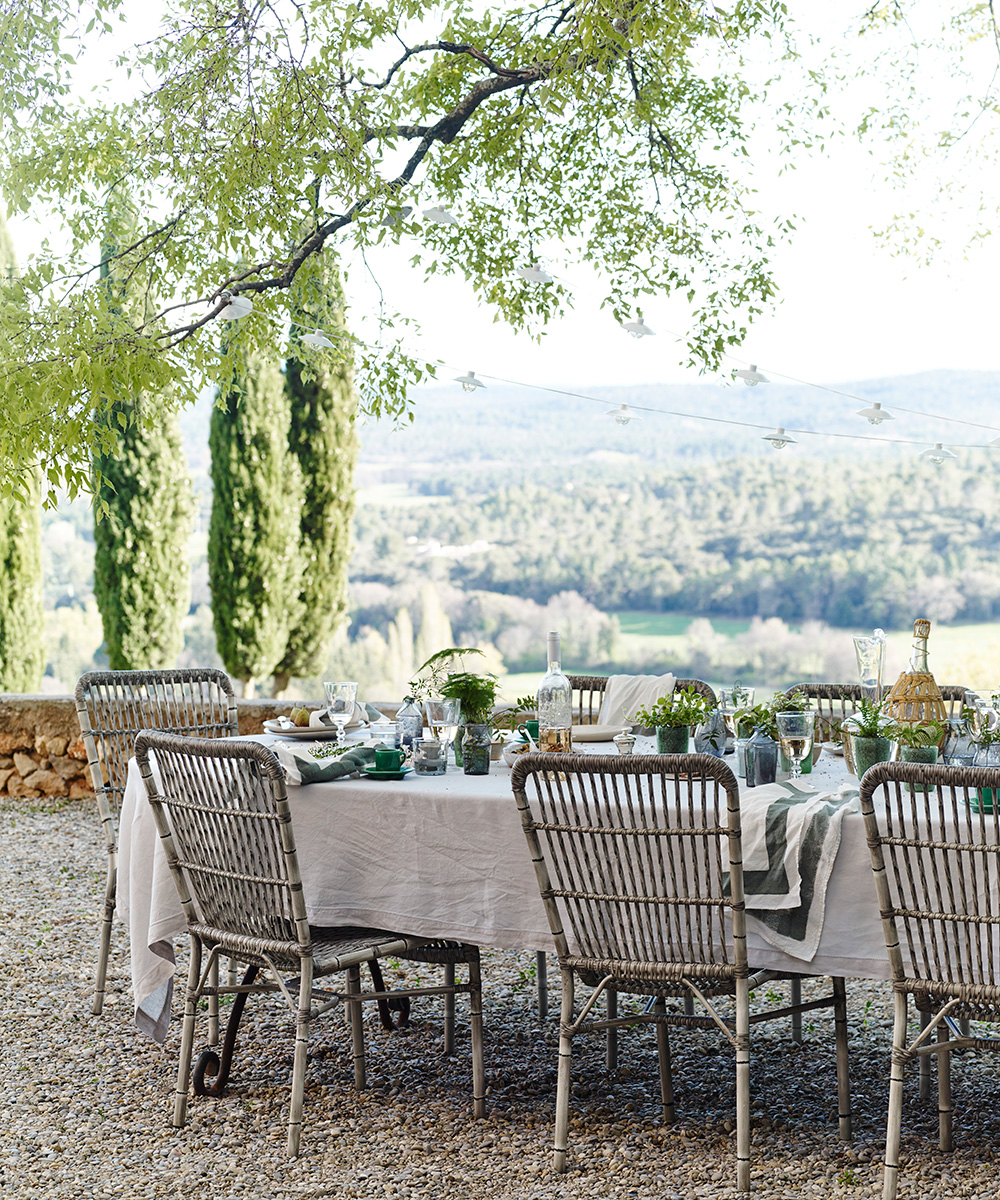 5 simple ways to maximise your garden space
5 simple ways to maximise your garden spaceMake the most of the remaining summer days...
By Jennifer Ebert
-
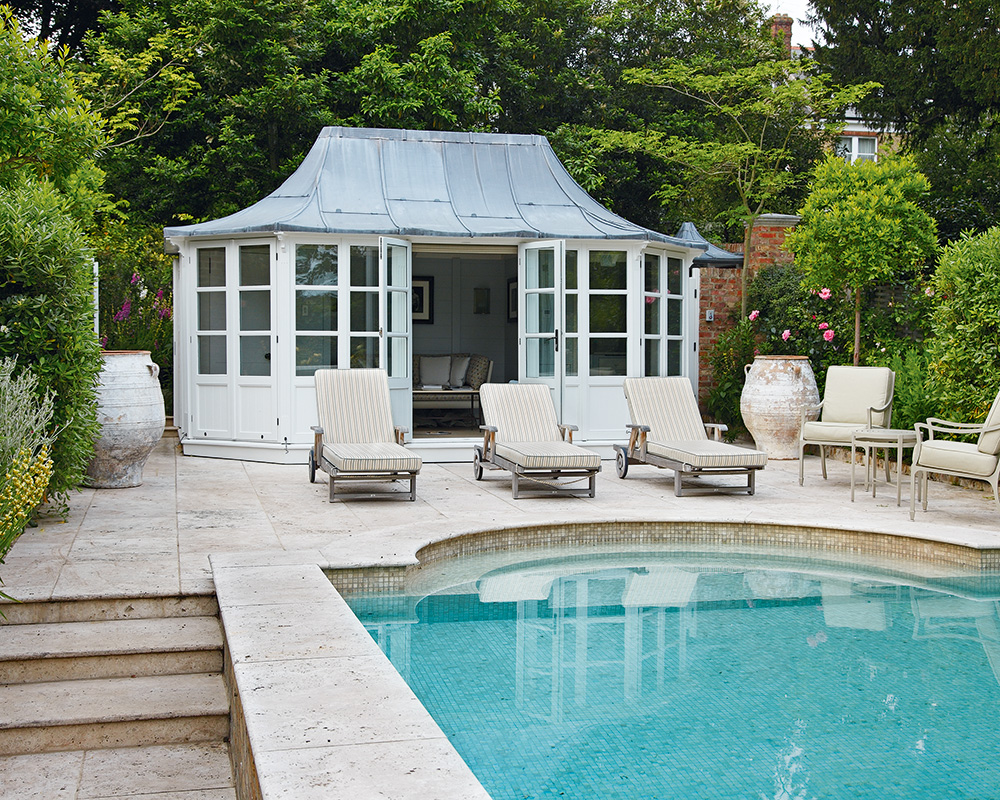 The top 5 features that we all want in our 'dream garden'
The top 5 features that we all want in our 'dream garden'Summer is in the air and it's the perfect time to get outside and think about how you want to use your garden this year.
By Jennifer Ebert
-
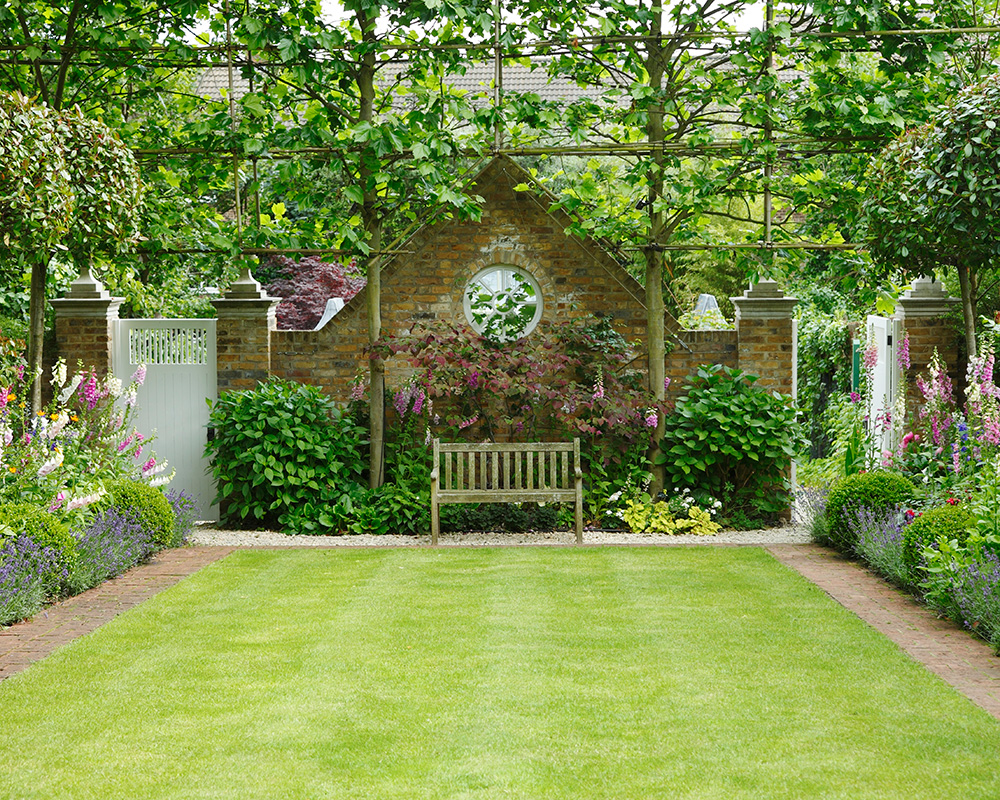 10 expert do's and don'ts for giving your garden a makeover
10 expert do's and don'ts for giving your garden a makeoverMake the most of your outdoor space this month with our expert tips and essential know-how.
By Jennifer Ebert
-
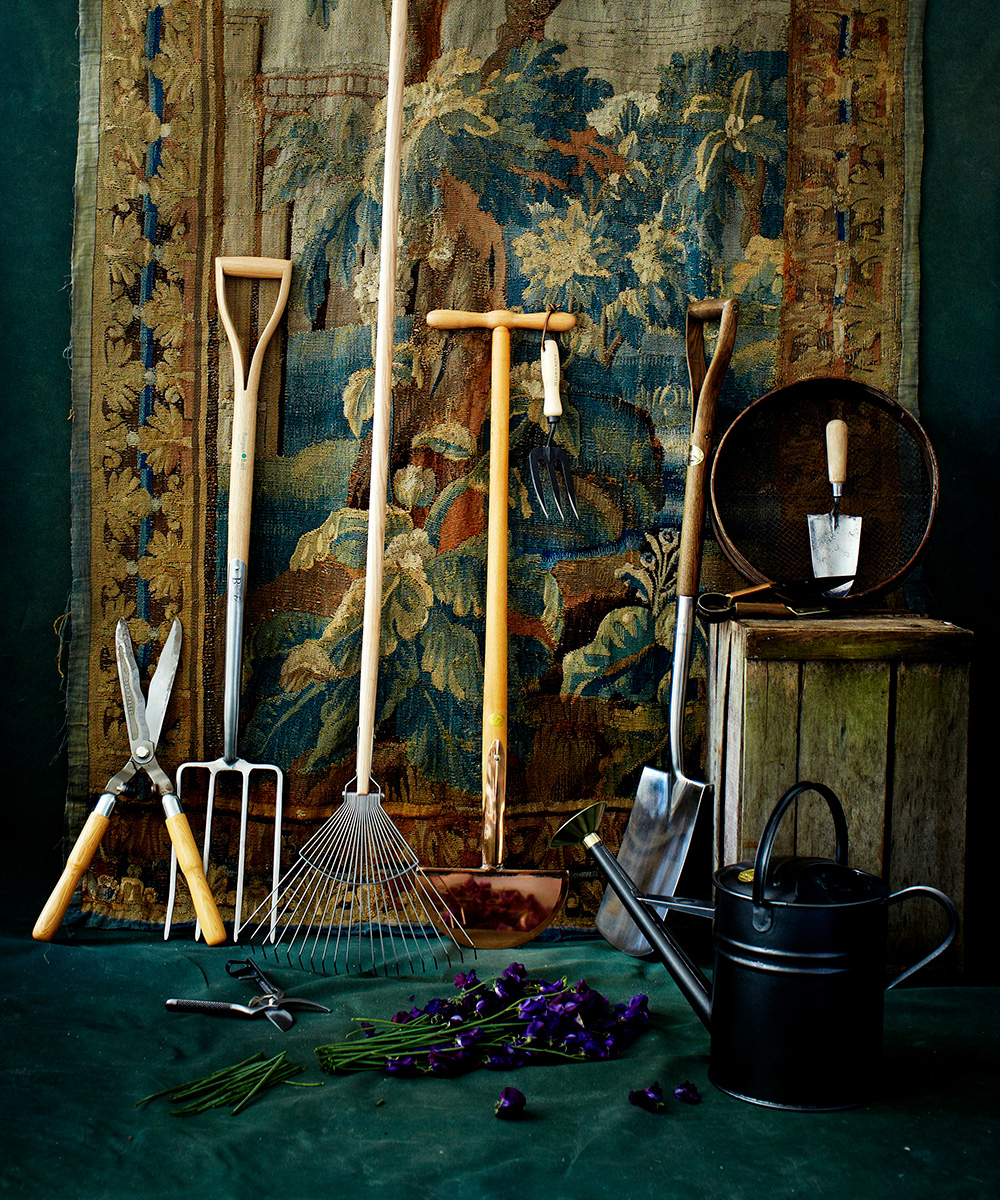 The six tools that every gardener should have in their potting shed
The six tools that every gardener should have in their potting shedHand trowels, gloves and a rake are tools that all gardeners should have in order to help create their dream garden.
By Jennifer Ebert
-
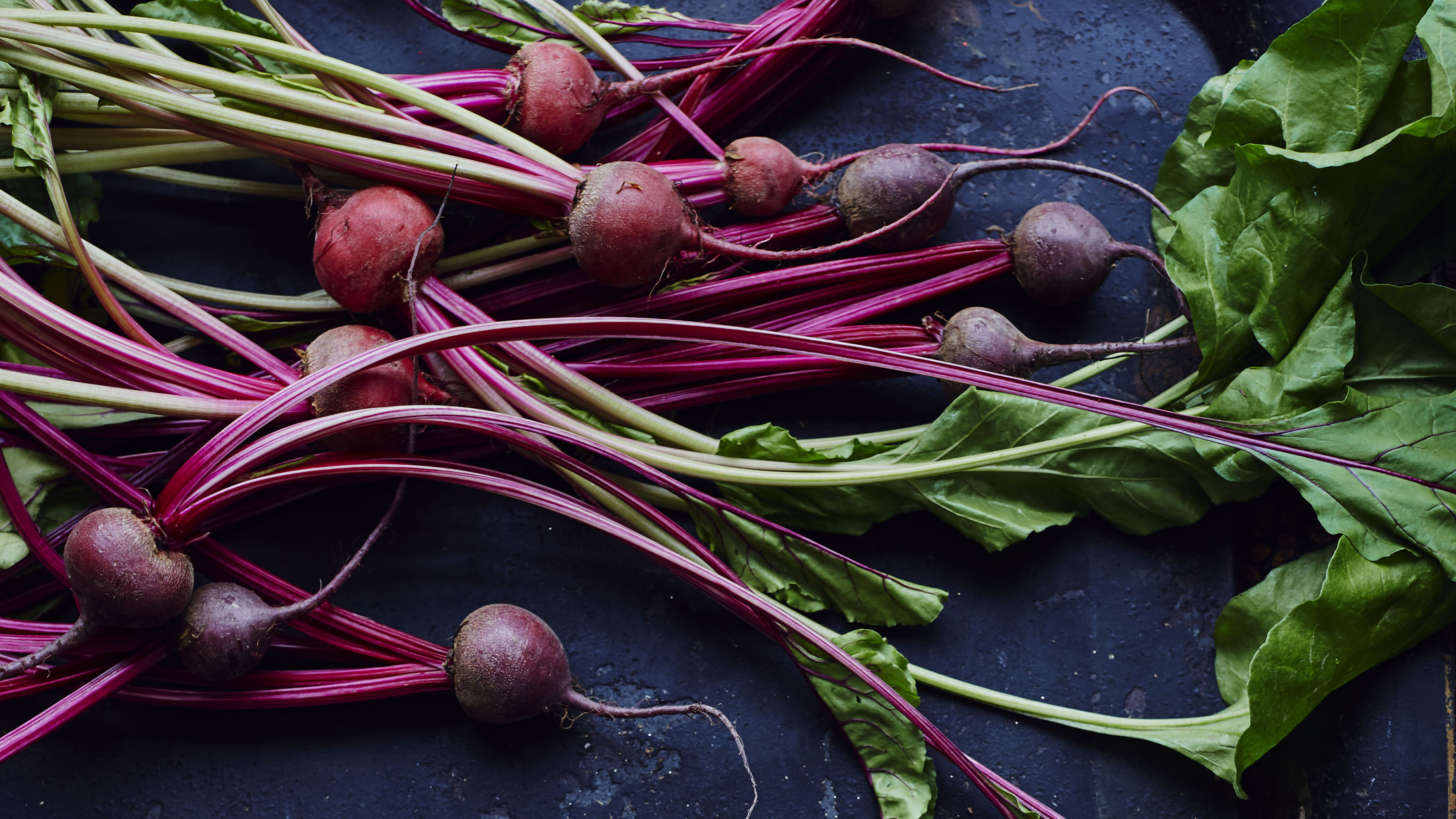 The best vegetables to grow in a greenhouse, according to Hartley Botanic
The best vegetables to grow in a greenhouse, according to Hartley BotanicLearn what the best vegetables to grow in a greenhouse are and you'll be well stocked in nutritious home-grown produce all year round
By Teresa Conway
-
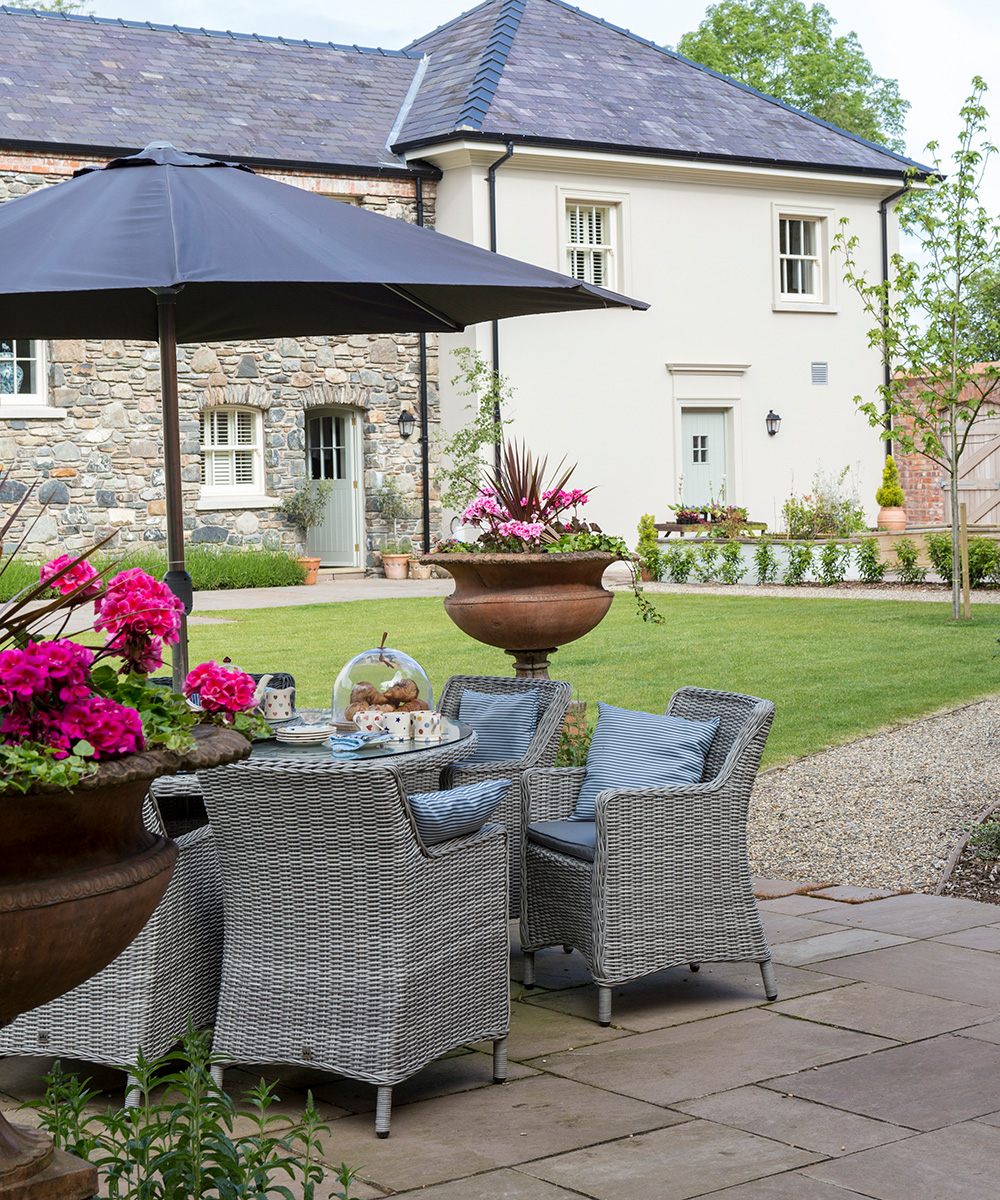 How to transform your garden space with these simple Scandinavian design ideas
How to transform your garden space with these simple Scandinavian design ideasHow to create an attractive and peaceful Scandi-styled garden, patio or balcony retreat for a soothing break from the indoors.
By Jennifer Ebert